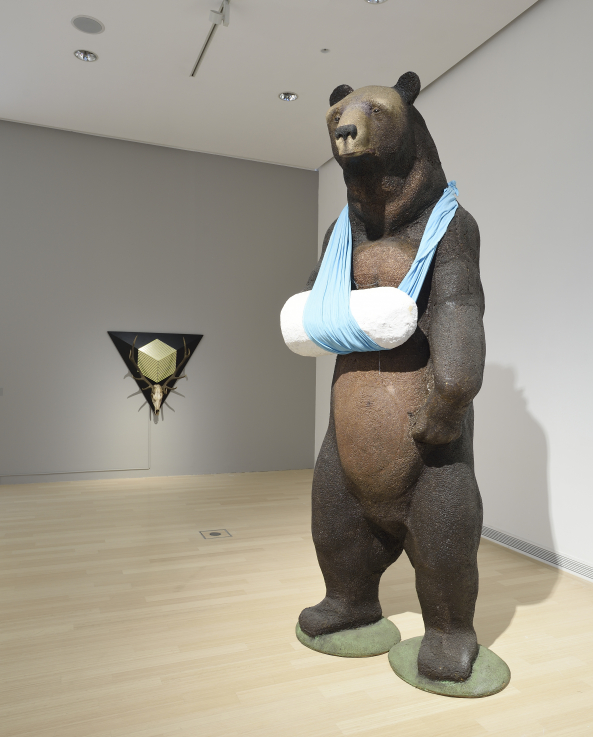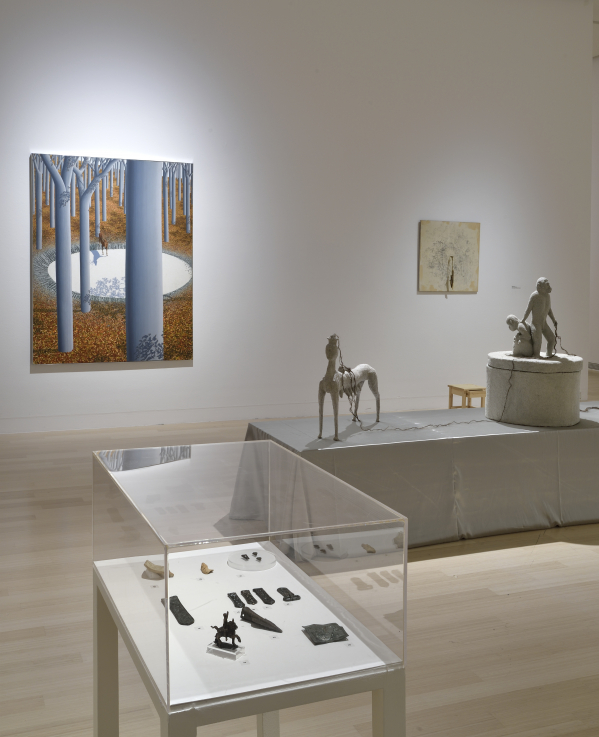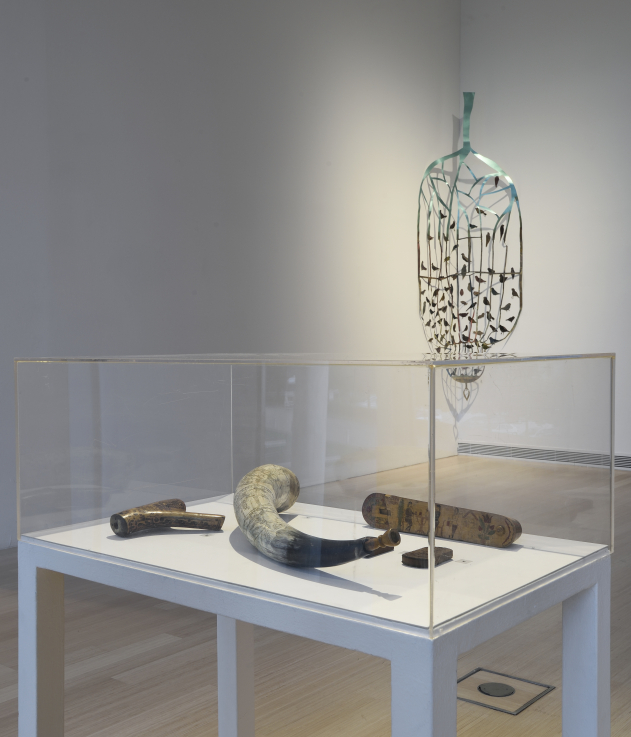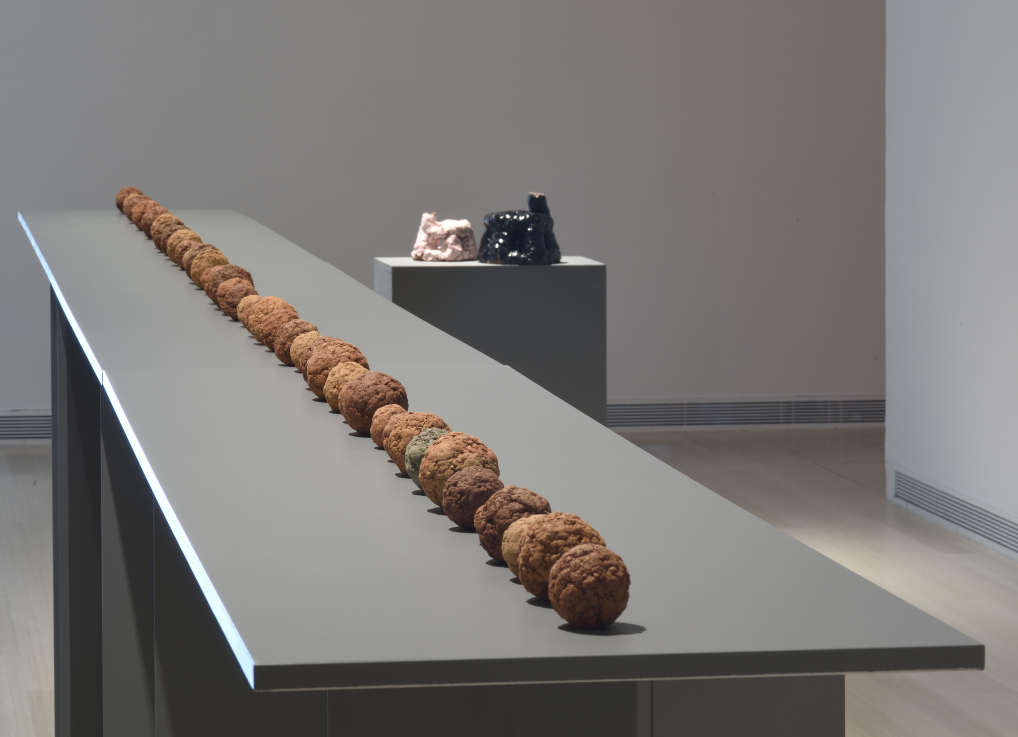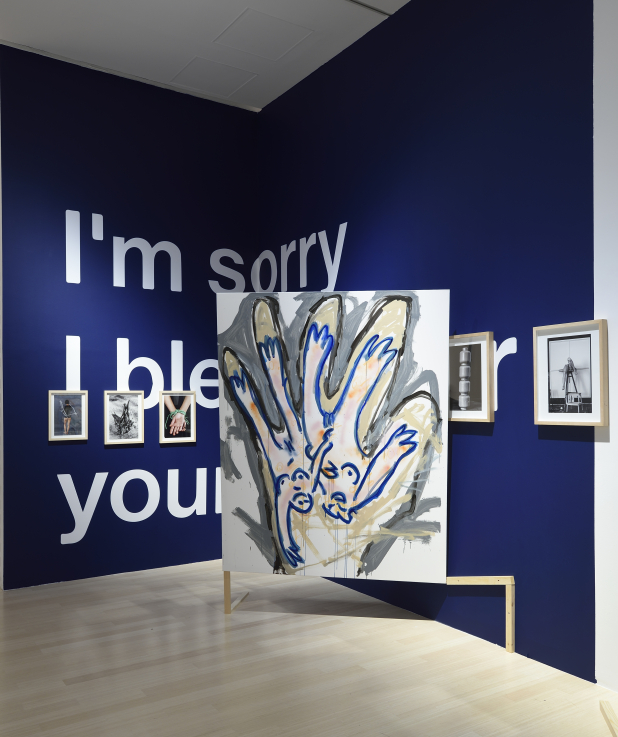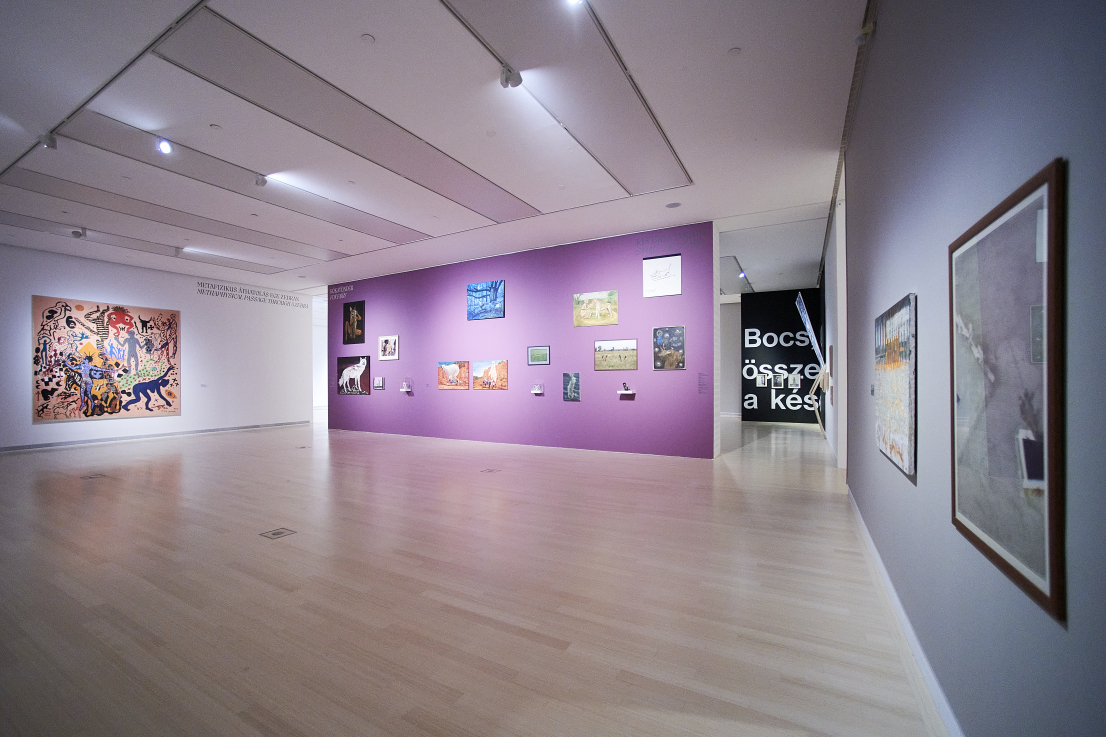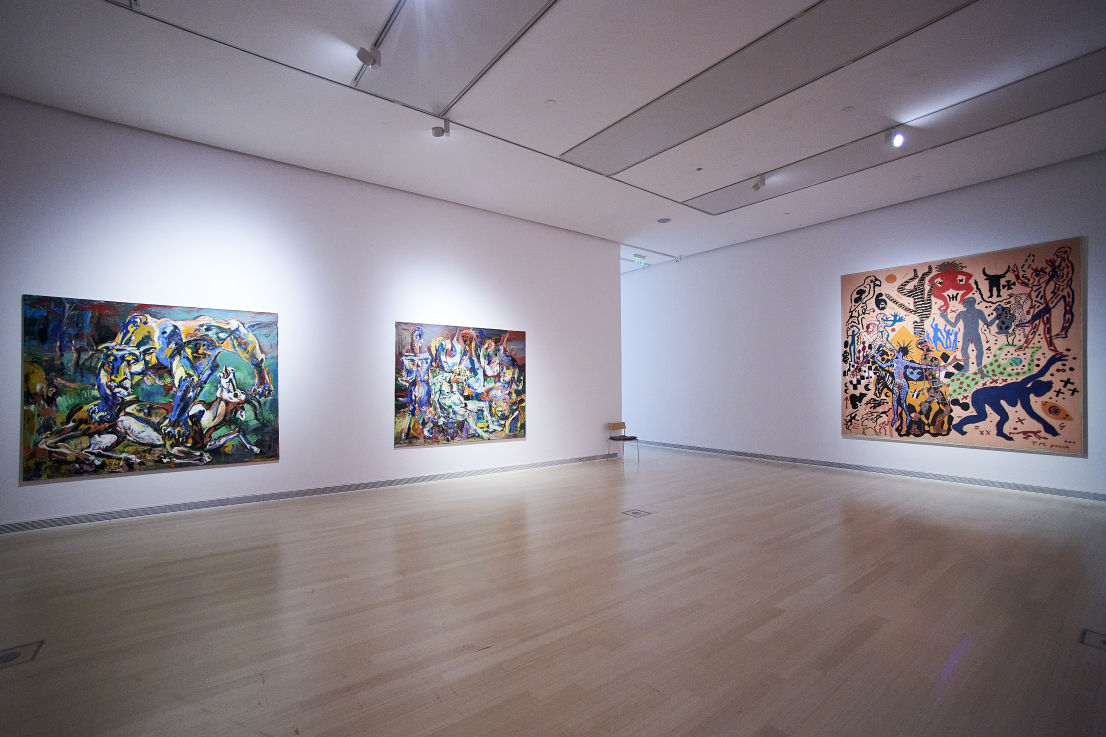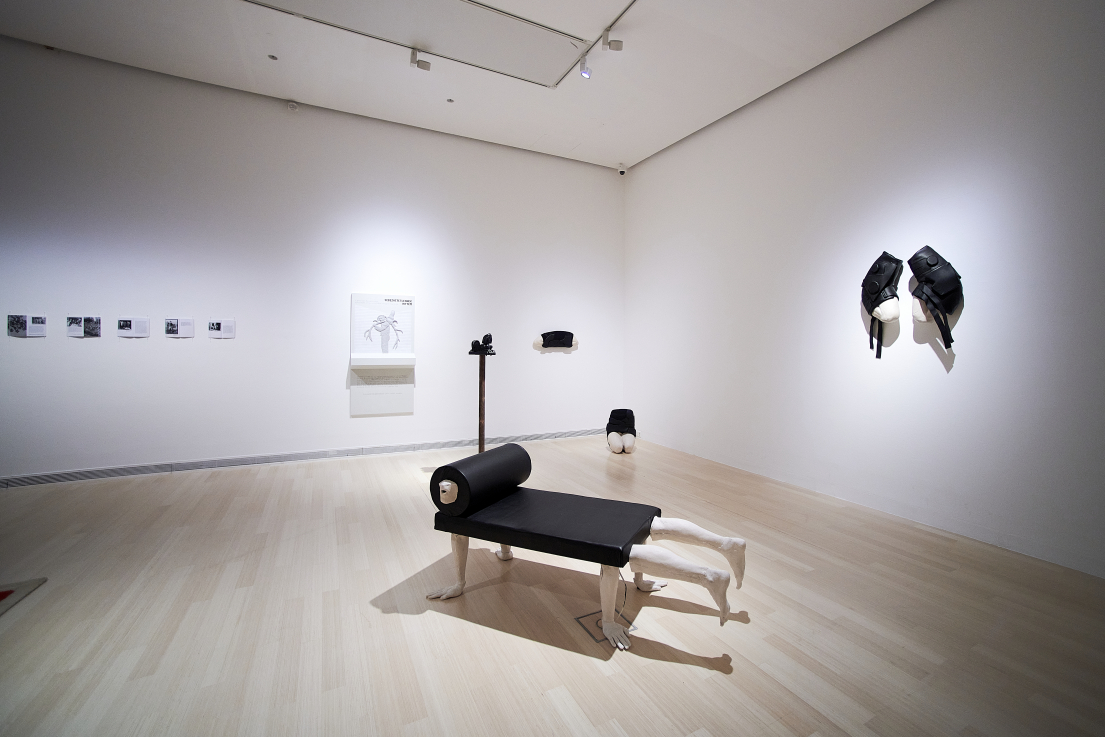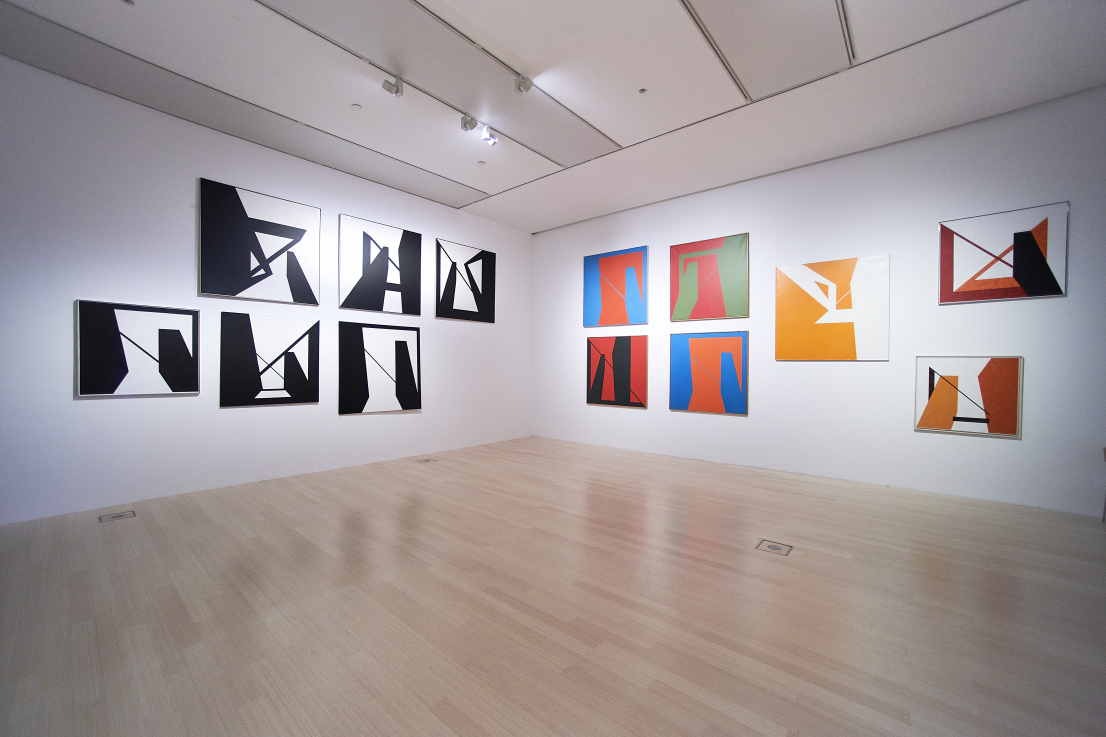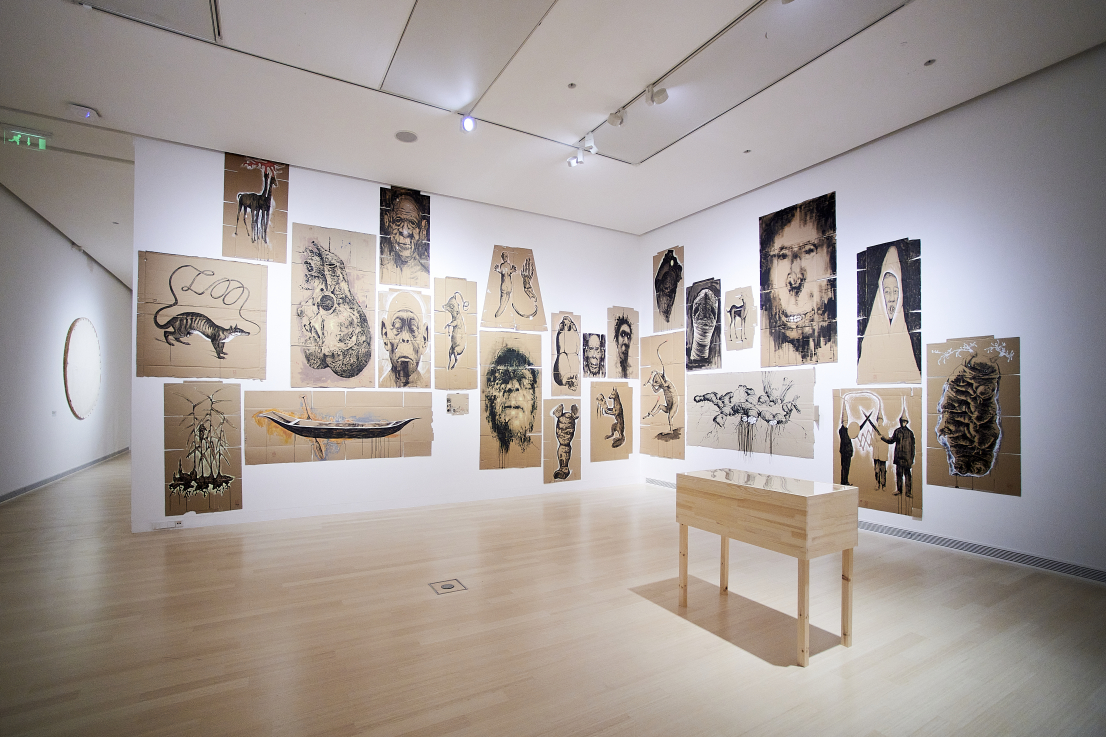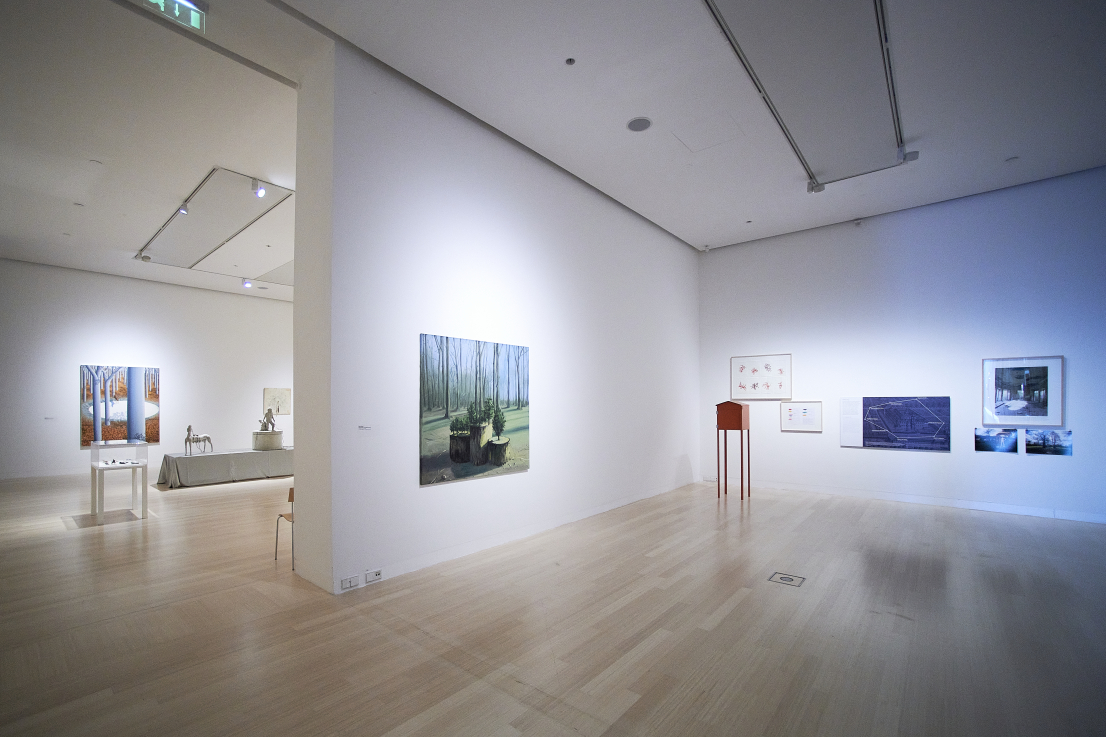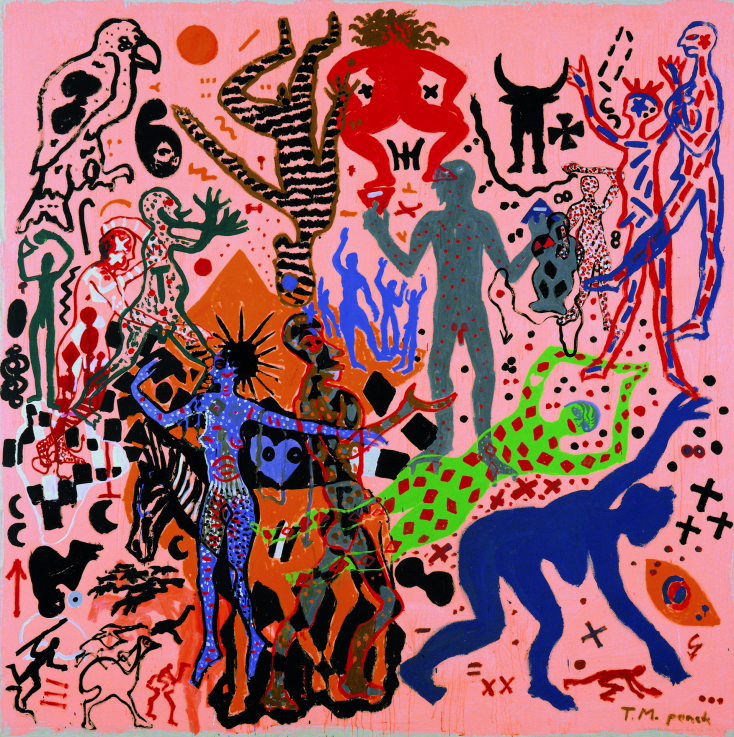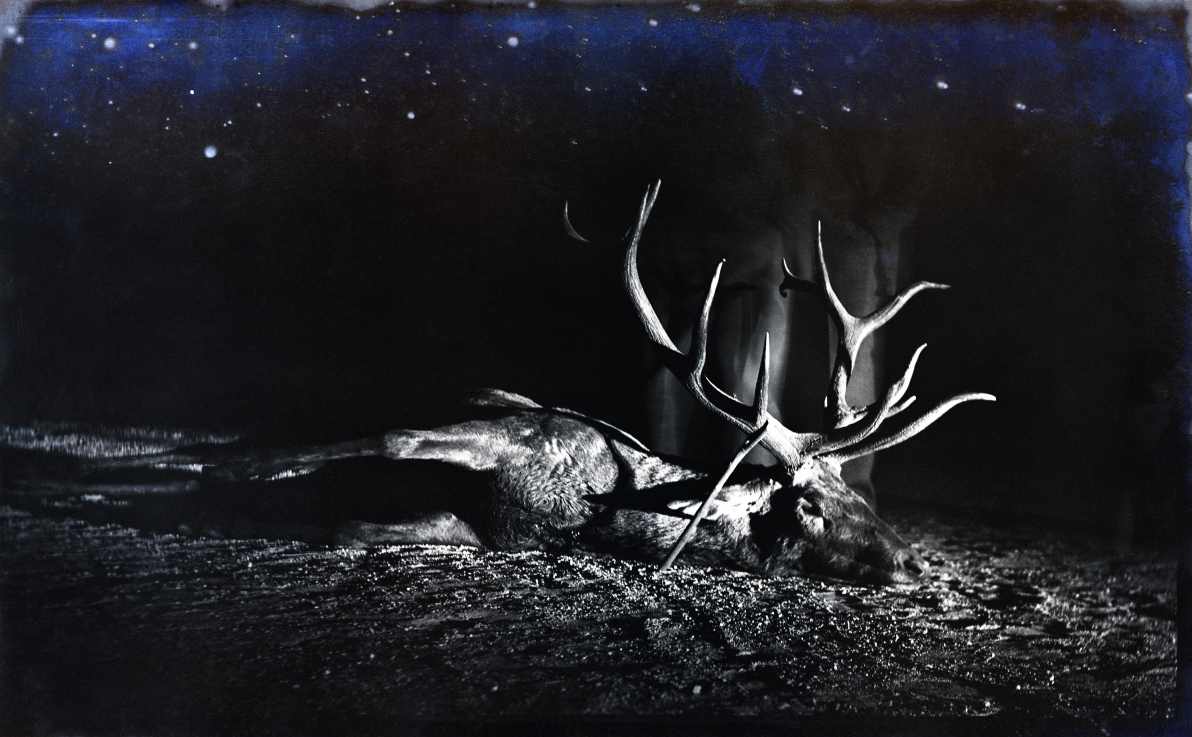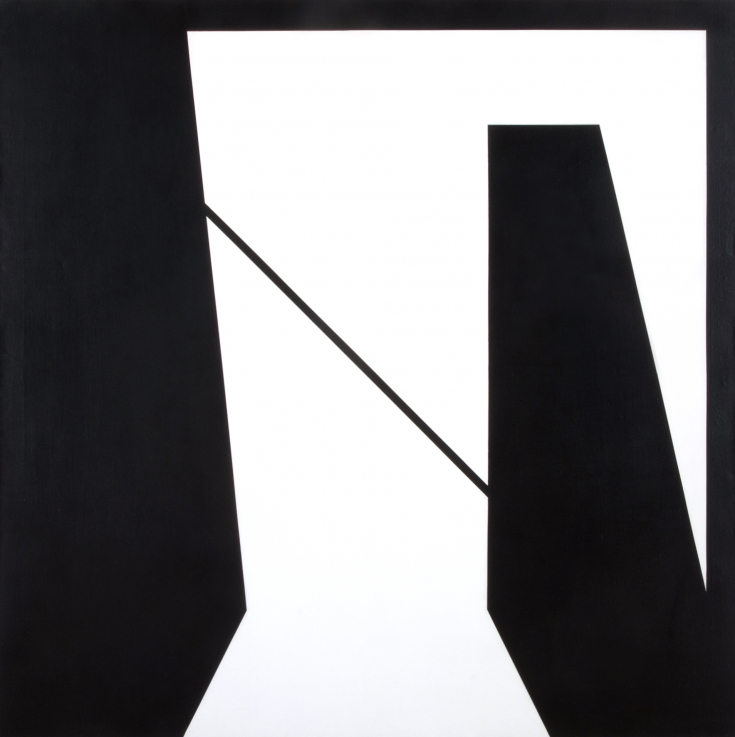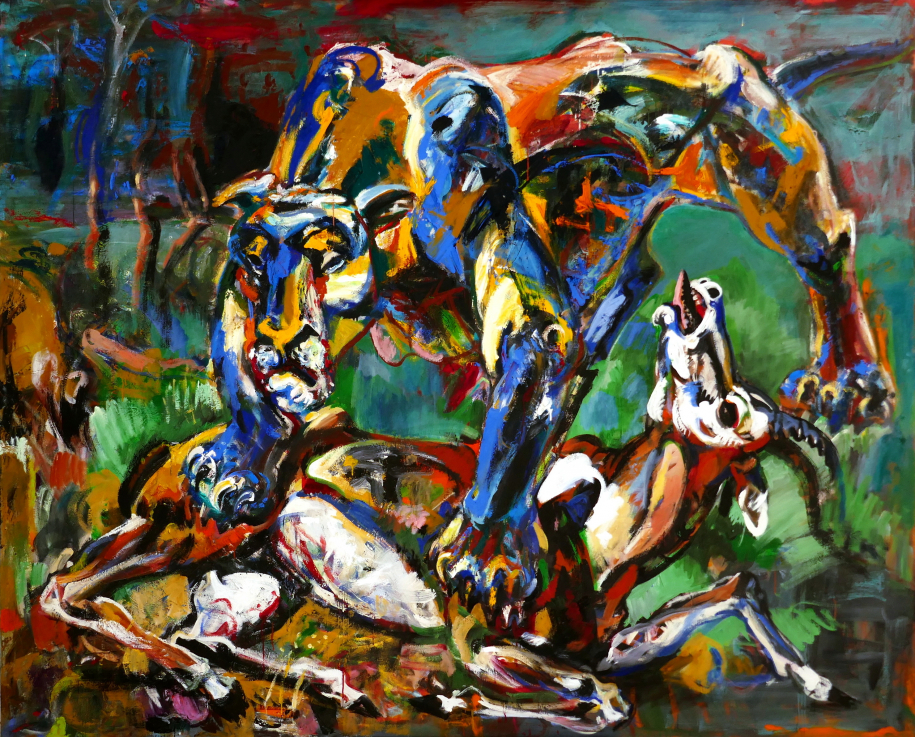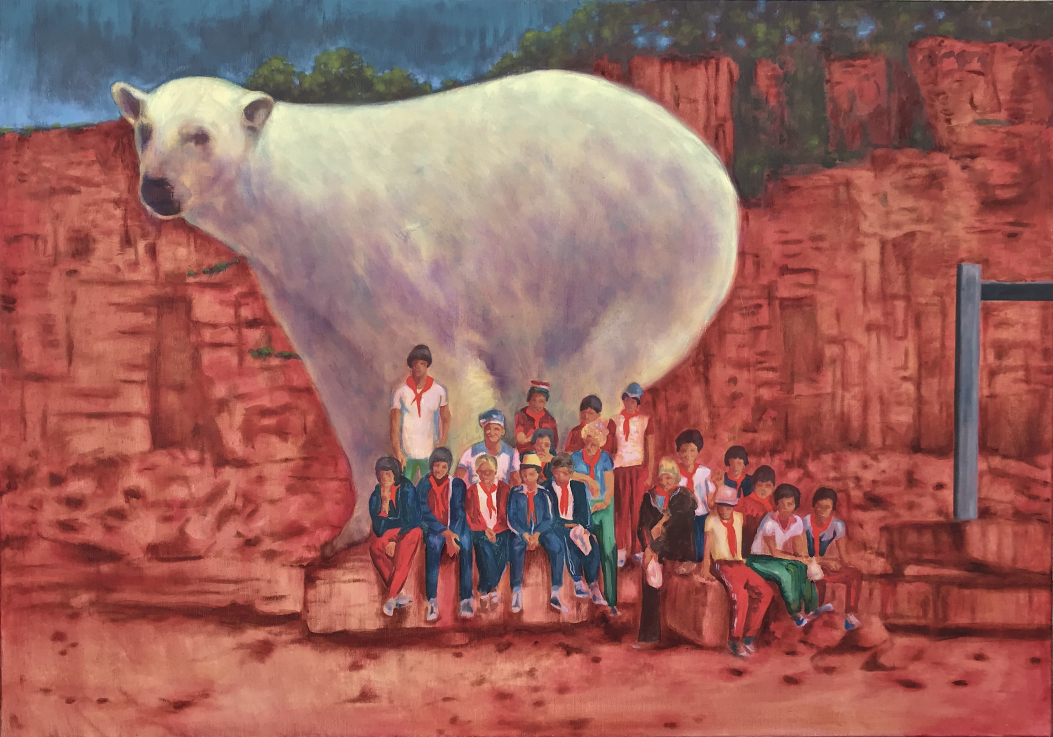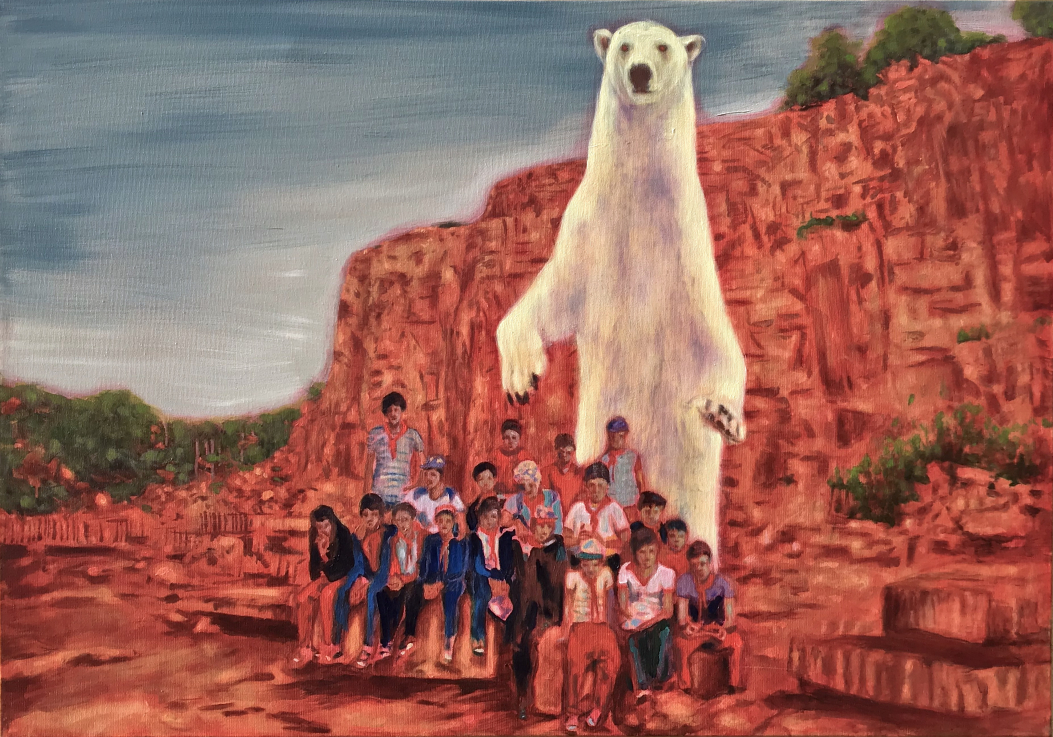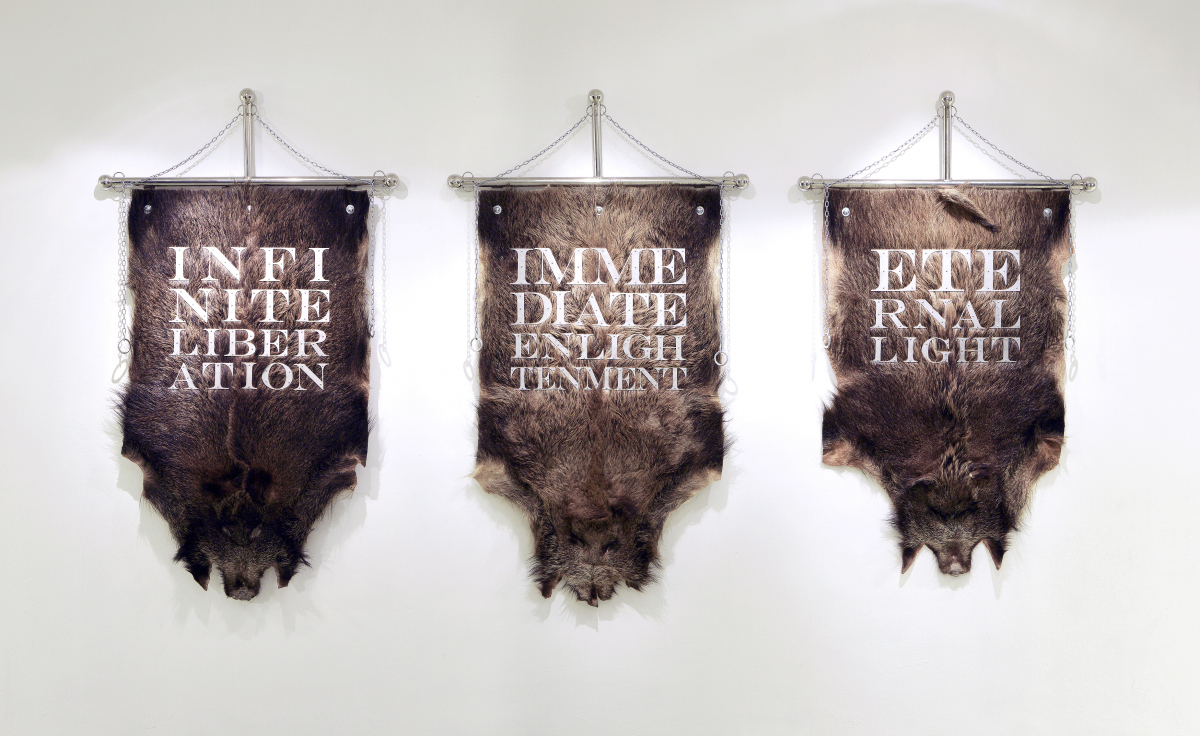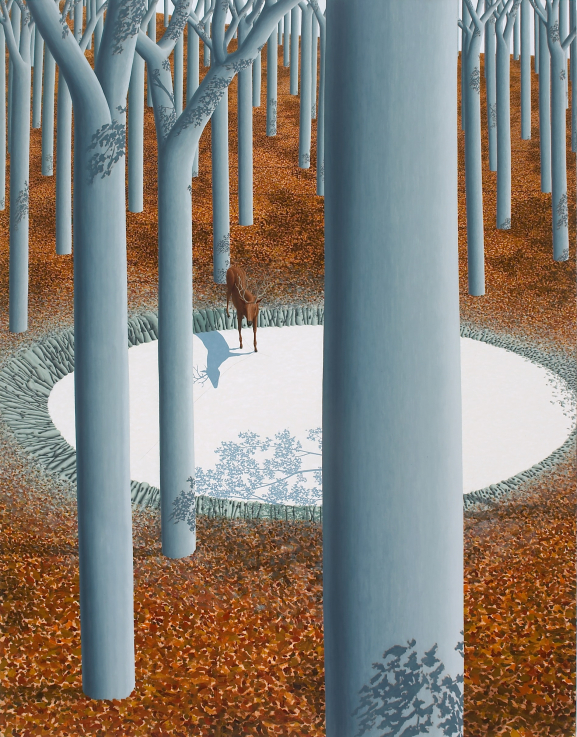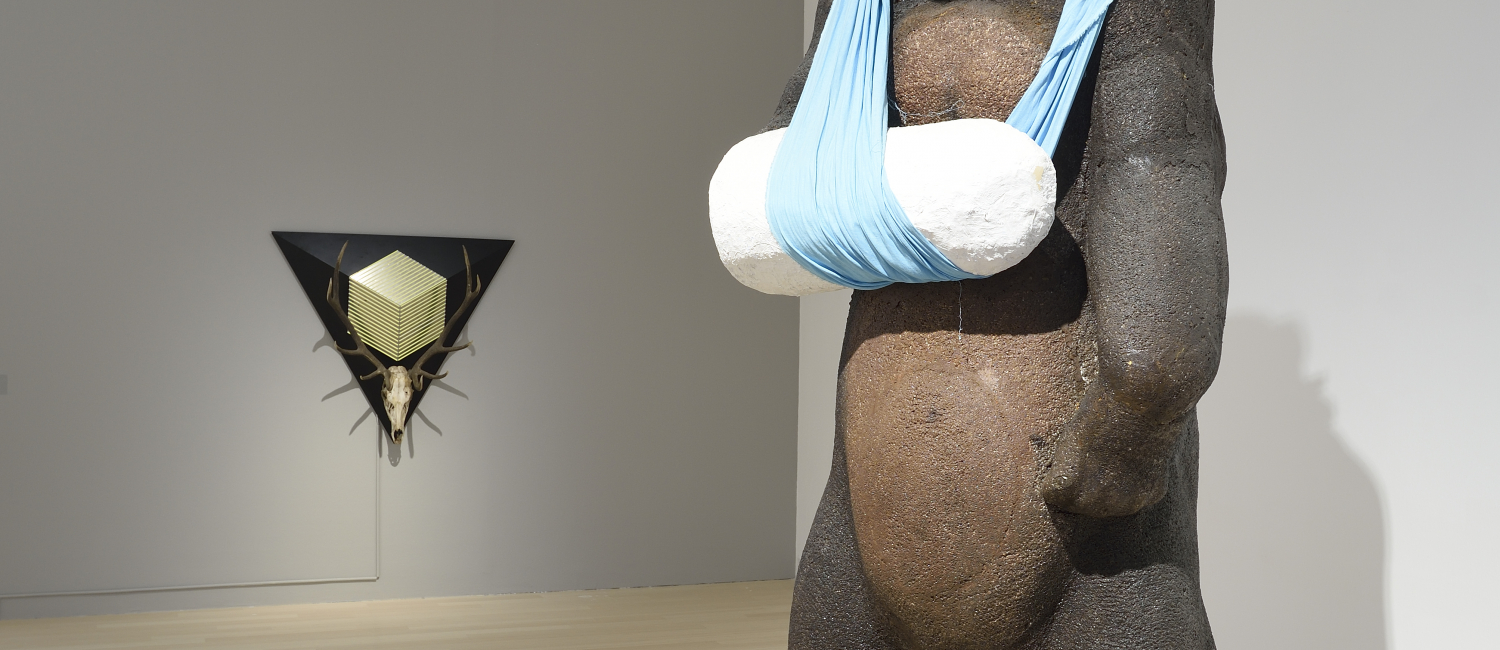Hunting still plays the same role from sustaining life to aristocratic pastimes. Our exhibition would like to show a cross-section of how artists think about the relationship of nature and hunting today. The works of about 30 artists on display present a variety of approaches to the subject, from quasi-representation to critical position. They raise questions or formulate ideas in the form of metaphors about the relationship of man and nature.
For us, the credo of the World of Hunting and Nature Exhibition is particularly important, as it is “to strengthen the protection and love of nature, the importance of the idea of rational, sober and prudent civilisational development in our country through the formation of social consciousness. This programme series will contribute to the understanding of the importance of nature conservation, the concept and meaning of the sustainable use of natural resources, and the benefits and necessity of, for example, hunting, game management, fishing, fish farming, and forestry.”
Our current exhibition is linked to the basic ideas of one of our previous exhibitions in 2021, which focused on the life model of artists seeking harmony with nature and the possible self-sustaining relationship of nature and civilisation. In the process of assembling the material, while looking through our collection units and in artists’ studios, we became aware of the importance of the relationship to hunting and nature in contemporary art. Both the harmony of hunting and nature, but also their contradictions, can be presented through contemporary art. While in the painting and sculpture of past centuries the representation of hunting occupied a prominent place as part of an artistic thinking that focused art on solemn, immortal values, contemporary art takes a different position in its relationship to both hunting and nature.
Significant movements and styles in the history of art demonstrate the importance of the relationship with hunting and nature. Think, for example, of the Dutch and Flemish still life paintings of hunting and animals, which are part of a series of works evoking the passing of time, or the grandiose frescoes and panel paintings on hunting and mythological themes from Italy to beyond the Alps. Still lifes of wild animals, ceiling frescoes of Diana, hunting and the animal, the courtship of the beasts as heroic battle, the hunter as hero, are all representational. A celebration of victorious forces, parables and stories alternate, where the hunt can also express the success of a supernatural struggle. It is a message of respect for human and superhuman strength, wrapped in symbols and metaphors. Splendour, triumph and passing – these are the terms that could be used to briefly summarise the artistic intentions of the historical typology of hunting.
The contemporary view takes a critical position: victory over the wild is not a virtue. Passing away is often synonymous with a violent end, the moralising aspect overriding, both expressly and metaphorically, the necessity based on the laws of nature, the killing of the beast. It denies hunting as a means of subsistence, it scorns, or at least critically examines, the mass killing of game for the trophy. This way of thinking about hunting is closer to the perception of violence than to the traditional artistic understanding of hunting. The critical, ethical approach has been greatly influenced by the privileged behaviour of the upstart ‘hunters’ of the modern age as hunting has become an event for distinguished guests. Here the hunter was no longer demonstrating his skill, but took part in a paid scenario.
In the exhibition, there are several chapters where the contemporary art position takes a critical or ironic approach to the once glorious triumph over the wild’s slaughter. But there is no lack of homage to nature and the animal, where the appreciation of nature is sometimes expressed in radical but effective ways.
Both our internationally renowned collection and our professional practice have allowed us to put together a thematic exhibition that reflects on the theme of the World Fair – One with Nature – from the perspective of contemporary art.
Curator: Dr. Julia FABÉNYI
Exhibiting artists:
József BAKSAI | Csilla BONDOR | Imre BUKTA | Ádám DALLOS | Felix DROESE | Gia EDZGVERADZE | Marcell ESTERHÁZY | Zsolt FERENCZY | Gábor GERHES | Károly HOPP-HALÁSZ | Péter Tamás HALÁSZ | Frieder HEINZE | Csaba Árpád HORVÁTH – Eszter SIPOS | Tibor ISKI KOCSIS | Kader ATTIA | Paul KANZLER | László KARÁCSONYI | András KIRÁLY | Gergő KOVÁCH | István LOSONCZY | Gabriella NAGY | Márta NAGY | A. R. PENCK | Péter PUKLUS | Róbert ŠWIERKIEWICZ | Emő SIMONYI | Péter SZALAY | Dorottya SZABÓ | Ágnes SZÉPFALVI | Béla SZILÁRDI | Kata TRANKER | Radenko MILAK – Roman URANJEK | Tibor VÁRNAGY | Lois WEINBERGER
Collaborating Partners:
Hungarian National Film Archive, Budapest | National Archives of Hungary, Budapest
Lending Institutions: National Archives of Hungary, Budapest | Janus Panonius Museum – Department of Archeology, Department of Etnography, Modern Hungarian Gallery, Pécs | Savaria Museum – Gallery of Szombathely | Türr István Museum, Baja | Museum of Hungarian Agriculture, Budapest
Lending Galleries: acb Gallery, Irokéz Collection | Ani Molnár Gallery | Godot Gallery | Viltin Gallery | KOGART – Kovács Gábor Art Foundation
Lending Private Collectors: Klacsmann Collection | Karvalits-Szelényi Collection | Bársony Collection | Arkana Collection | Hatvani Collection | Verbai Collection

